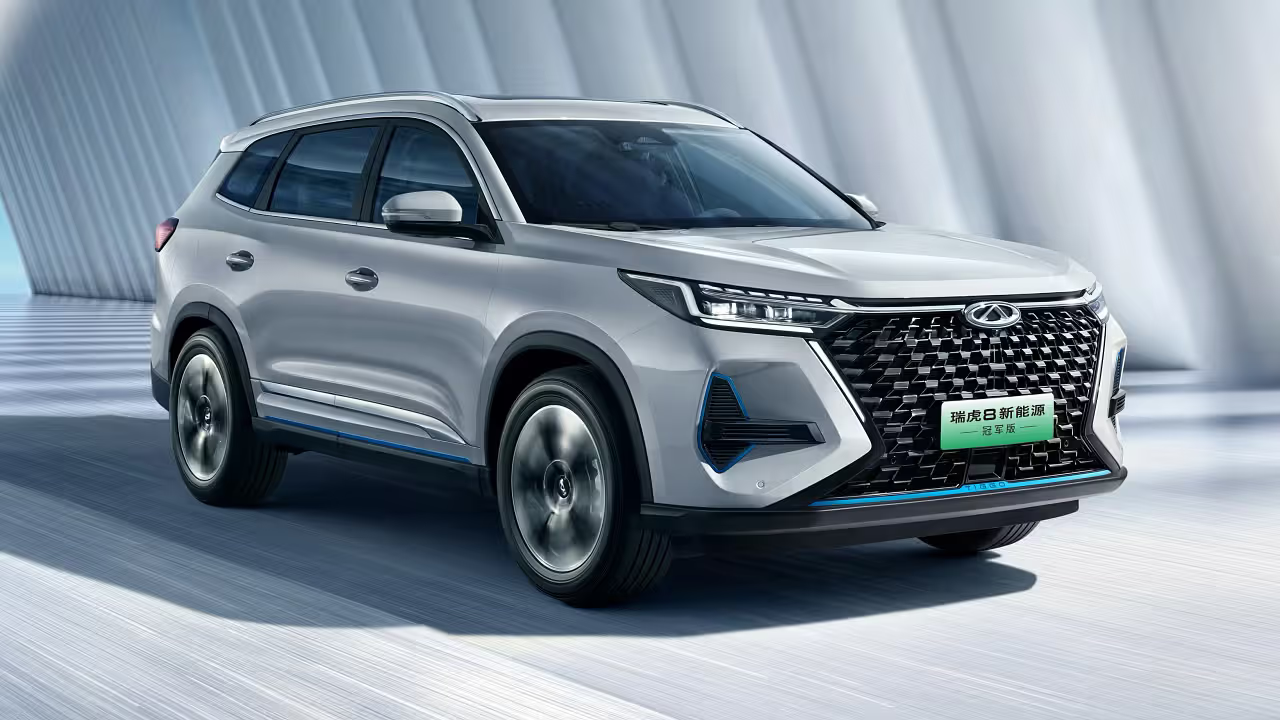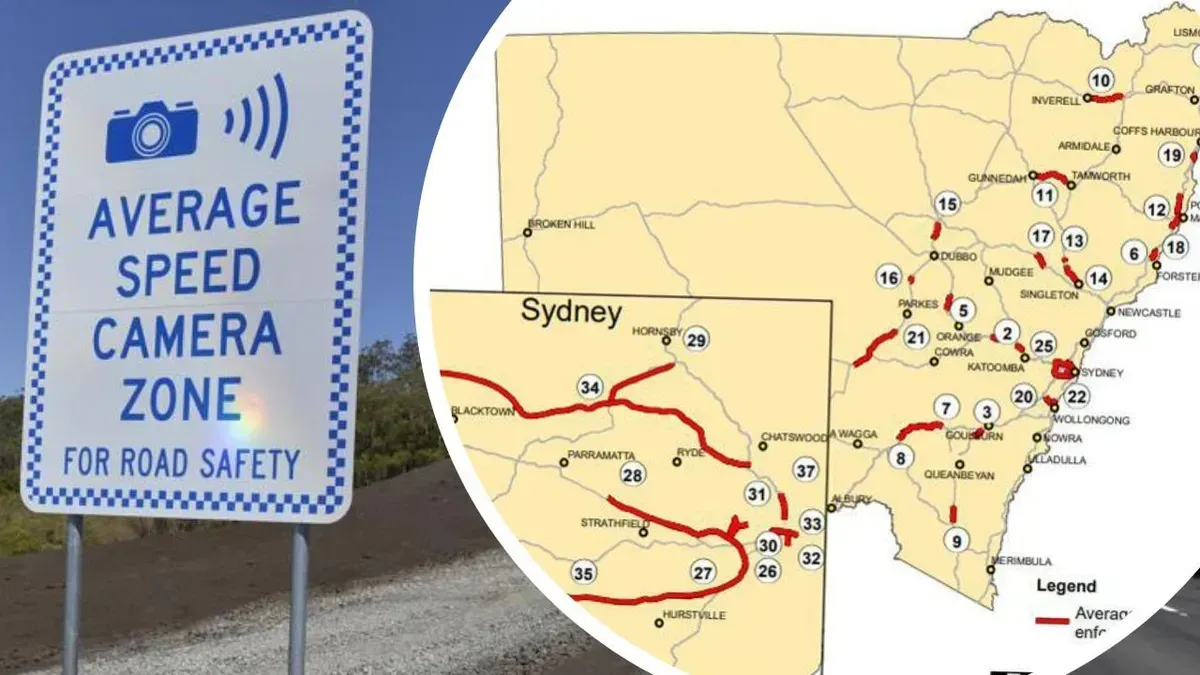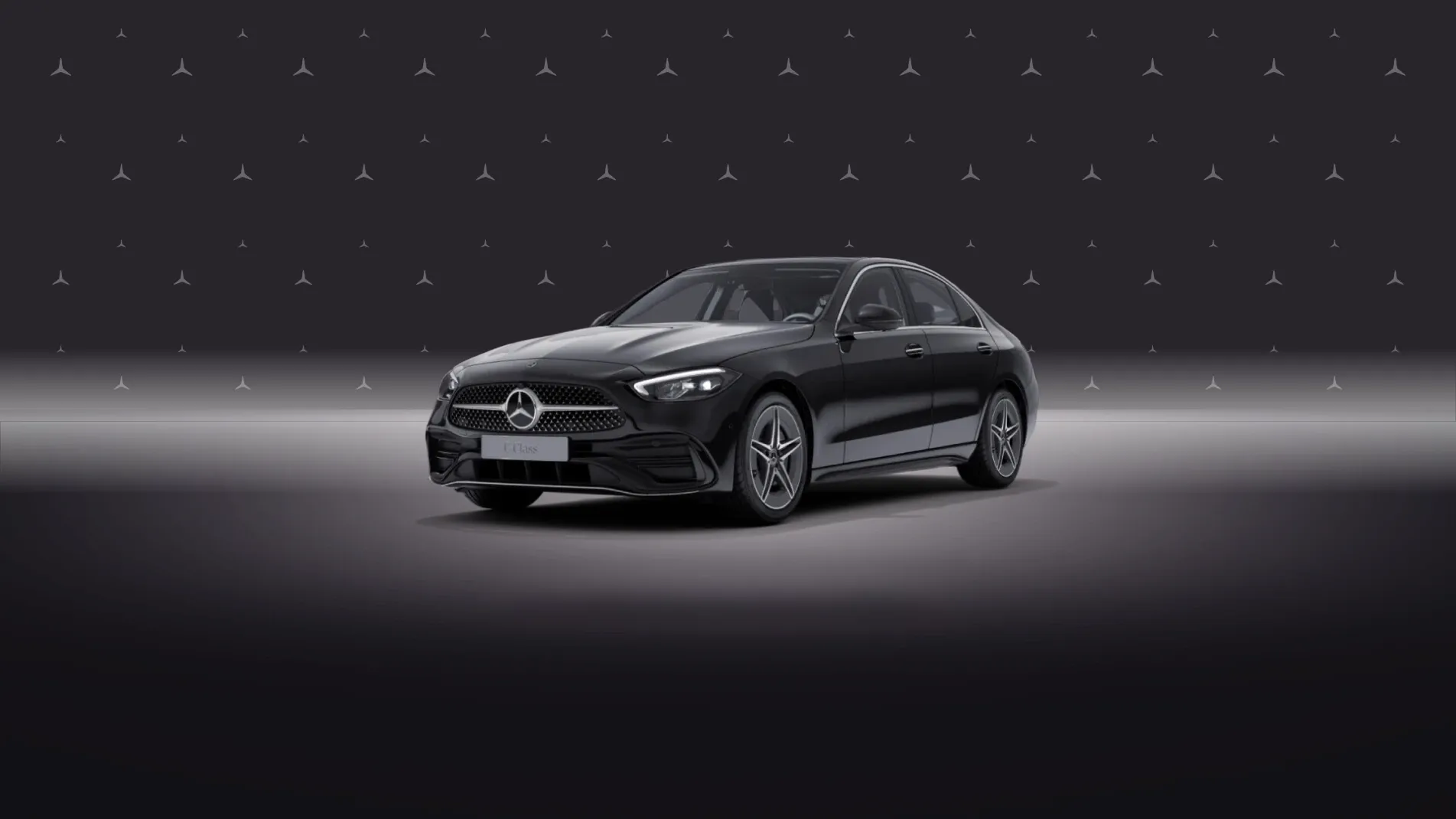Chinese automaker Chery is gearing up for a significant expansion of its electrified vehicle lineup, with plans to introduce multiple hybrid and plug-in hybrid models to the global market, including Australia. This move aligns with the company's strategy to establish a strong foothold in the new energy vehicle industry and meet growing demand for more fuel-efficient options.Key points:
Chery plans to introduce up to 24 hybrid vehicle models and 15 electric vehicle models over the next two years. The company will release five "super hybrid" vehicle models and four high-end EV models based on its E0X platform in Q4 2023. Upcoming models include the Sterra ES sedan, the iCar 03 SUV, and the Fengyun T9, a plug-in hybrid version of the Tiggo 9 SUV.

Chery has unveiled its third-generation new energy products, including the Tiggo 9 PHEV and Arrizo 8 PHEV.The Tiggo 9 PHEV features a 1.5-litre turbocharged engine combined with an electric motor, producing a total of 175 kW and 385 Nm. Chery claims the Tiggo 9 PHEV has an average fuel consumption of 5.2 L/100 km and a range of around 1,200 km.
The company is investing heavily in R&D, allocating at least RMB 20 billion (USD 2.7 billion) annually for the next five years.
Chery is partnering with companies like Huawei and CATL to develop advanced technologies for its new energy vehicles. The Tiggo 9 PHEV is confirmed for the South African market and is expected to arrive in late 2024 or early 2025.
In the Philippines, Chery has already introduced the Tiggo 7 Pro Hybrid, a mild hybrid crossover priced at 1,250,000 PHP.

As Chery accelerates its push into the electrified vehicle market, the company's ambitious plans for hybrid and plug-in hybrid models demonstrate its commitment to sustainable mobility. With a diverse range of upcoming models and significant investments in technology, Chery aims to compete with established players in the global automotive market and capture a larger share of the growing demand for electrified vehicles.














